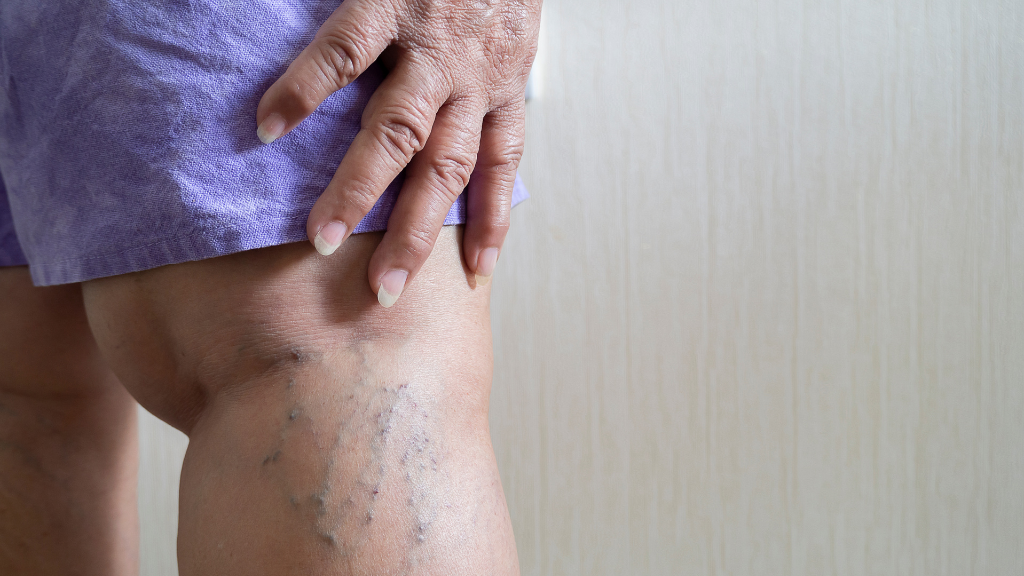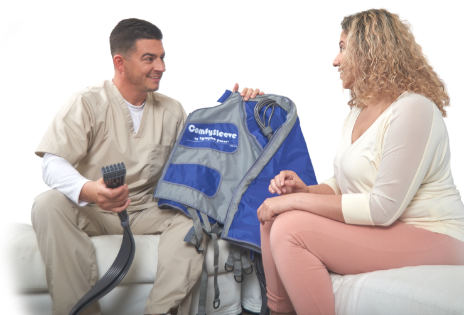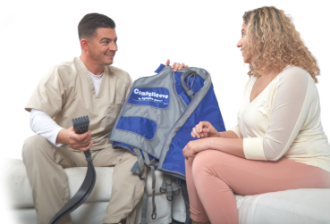This is a 4-minute read.
Imagine being newly diagnosed with lipedema. Now there’s one overriding question: “Is there a cure for lipedema?” Unfortunately, the short answer is no.
But there’s much more to know about lipedema than that. Lipedema is a disorder that affects almost 350 million women worldwide and involves painful fat deposits in the upper arms, hips, and thighs. Because it is painful to the touch, it’s often called “painful fat syndrome.”
Lipedema is now considered a treatable condition due to recent advances in care, yet it’s still widely misunderstood and misdiagnosed. Due to its common confusion with obesity, lipedema has another nickname: “the disease they call fat.”
Below, we’ll explore new treatments for the condition and the vast scientific progress in determining whether there is potentially a cure for lipedema.
The Importance of Proper Lipedema Diagnosis
It can be extremely frustrating for someone with lipedema symptoms to obtain a proper diagnosis. Many healthcare professionals are undereducated about lipedema and wouldn’t recognize the condition without additional diagnostic training.
When the patient is finally diagnosed, there’s little room for relief. It’s common for patients to experience shock, denial, anger, or even hopelessness about hearing that there is currently no clear cure for this chronic condition.
Confusion can add another layer of complexity. Lipedema is sometimes confused with lymphedema due to the two conditions’ similar-sounding names and occasional comorbidity. It may also be mistaken for classic obesity, even by otherwise knowledgeable physicians.
But make no mistake: lipedema is not the same as obesity and doesn’t respond well to the common methods of reducing excess obesity-related weight. Also, it’s very important to note that lymphedema treatments don’t help lipedema patients, so a correct diagnosis is essential.
Searching for a Cure for Lipedema
While the exact cause of lipedema is unknown, it does appear to have a genetic component and tends to run in families. The medical community has established that lipedema occurs almost exclusively in women and tends to arise at the key hormonal points of puberty, pregnancy, and perimenopause.
As doctors and researchers are exploring the root causes and symptoms of lipedema, promising discoveries are being made every year. These discoveries are leading to new lipedema treatment options that were never available before.
For example, liposuction is an effective way to remove lipedema fat, but lipedema liposuction isn’t a traditional type of liposuction. Doctors have developed an innovative form of the procedure known as wet-jet liposuction or water-jet liposuction that targets deep, subcutaneous fat.
Women with lipedema can also explore special lipedema-focused dietary and exercise regimens that provide a measure of relief from some symptoms. However, lifestyle changes like diet and exercise alone don’t typically provide much relief for lipedema symptoms like pain and numbness.
This is why many women with lipedema turn to lipedema leg pumps for additional relief of their symptoms. Leg pumps are machines that use pneumatic compression to stimulate blood and fluid movement. They have proven benefits for lipedema including:
- Pain relief
- Prevention of stiffness and numbness
- Ease of use
- Relaxation
- Minimal side effects
A leg pump for lipedema is a non-invasive solution that offers a reliable route to symptom relief. It may be used daily or otherwise how a doctor directs. The device may be covered by insurance or Medicare, depending on the patient’s situation.
While there’s no cure for lipedema, a compression pump is an excellent and accessible option. If you’re a professional or patient who is interested in innovative lipedema treatment, please reach out to Lympha Press. We’re here to support the best possible outcomes for people with lipedema.








